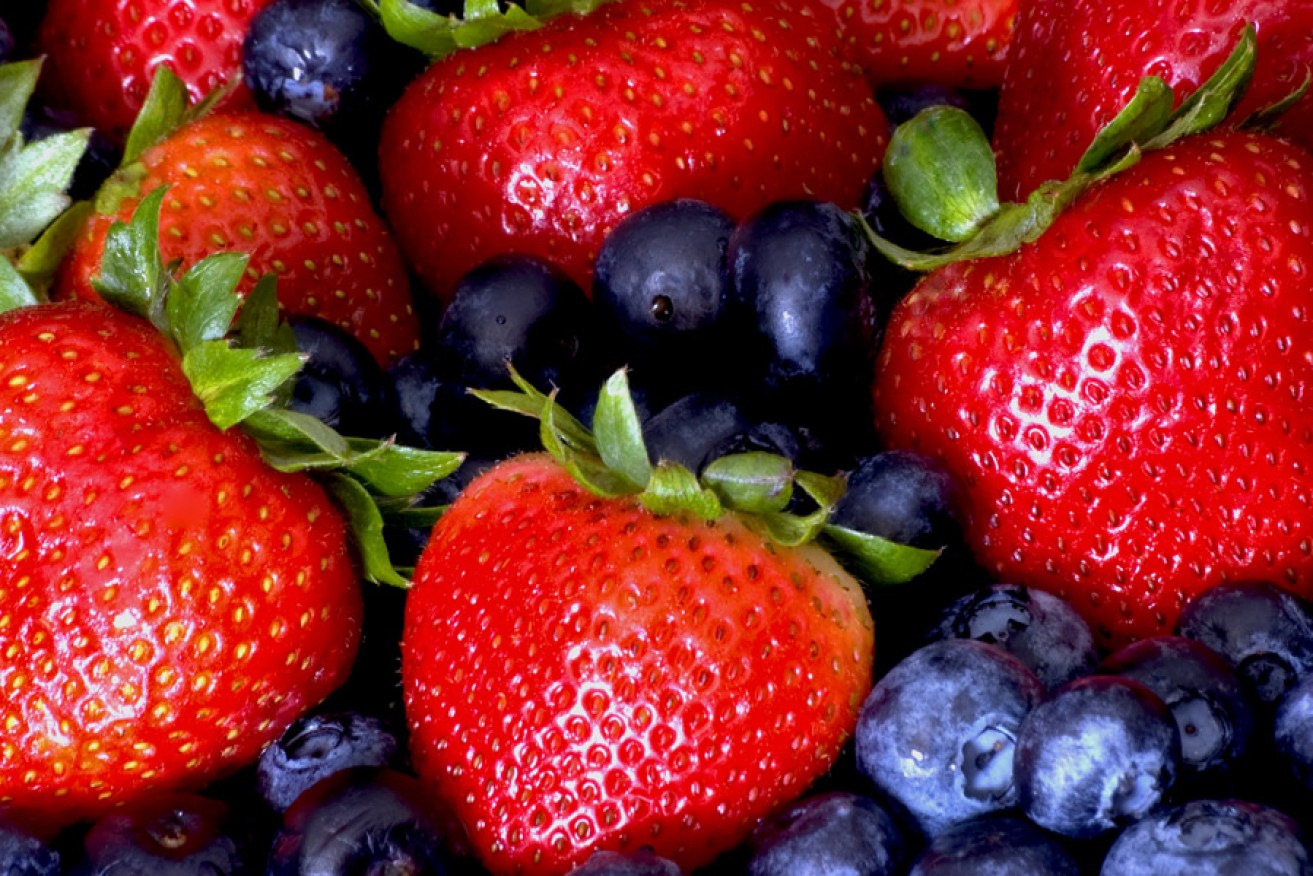Is fresh food always best?

Large proportions of berry harvests are frozen to allow maximum use of the crop.
When it comes to food, we’re told to eat what’s in season, buy locally and avoid “food miles” – for good reason.
But not everyone has access to growers’ markets, nor the time and resources to source and prepare ingredients from multiple locations. Even buying fresh and cooking from scratch is a struggle for some.
Foods that have been preserved by freezing, canning or drying are certainly not in vogue but this doesn’t mean they’re nutritionally inferior. Preserved foods are often a nutritious, cheap and convenient alternative to fresh produce.
Freezing
Frozen vegetables are harvested ripe, at their prime, when they have optimal nutrient content. They’re then snap frozen, often on the site of production, locking in most of the nutrients.
While there may be minor losses of water soluble vitamins such as vitamin C due to the initial blanching, most of the vitamin and mineral content remains intact.
The texture of frozen vegetables does change due to the formation of ice crystals that break down some of the plant cell walls, making them less crispy. But this doesn’t significantly damage the fibre content.
In comparison, fresh fruit and vegetables are often harvested before they’re ripe, placed in cold storage or transported long distances, and spend time in storage at markets and supermarkets. This process leads to continued losses of the less stable vitamins.
Studies comparing the nutrient content of frozen and fresh vegetables have often found the frozen varieties to be nutritionally superior, because loss of the water soluble vitamins is slowed considerably by freezing. Fat soluble vitamins and minerals are heat stable, so they’re less likely to be affected.
We know less about the effect of preserving on the phytonutrients in food. These compounds – such as anthocyanins in frozen berries – are not essential for the human body but seem to have health benefits.
Berries are extremely seasonal because they deteriorate quickly, meaning they are often unavailable or expensive. As a result, large proportions of berry harvests are frozen to allow maximum use of the crop and maximum availability. So far, studies have shown freezing berries results in only a small loss of anthocyanin.
Canning
Canning can lock in the nutrients of fruits and vegetables, making them edible for months or even years.
But when fruits and vegetables are heated during the canning process, the water soluble nutrients – vitamin C and Bs – decline considerably.
The heat-stable vitamins E and A are much less affected, as are carotenoids and minerals.
Perhaps surprisingly, canned tomatoes may be nutritionally superior to fresh varieties because of the increased presence of lycopene, a phytonutrient that may decrease the risk of cancer.
Lycopene is tightly bound to the fibre structures in tomatoes; the process of canning helps break down the fibre structures, releasing the lycopene and making it more easily absorbed by the body.
When it comes to canned fruit and vegetables, be wary of salt and sugar content. Buy canned fruit packed in natural juice rather than syrup and choose no added salt canned vegetables.
Drying
Dried fruit is a convenient way to add variety and improve nutrition. It’s compact, easily stored and transported, high in carbohydrates and fibre, and makes a great snack on the run.
Dried fruit is high in energy (kilojoules), as the drying process concentrates the sugars. But it also has higher concentrations of more stable nutrients such as calcium and iron, as well as phytonutrients.
One study showed greater amounts of phenolic compounds – which may have antioxidant effects and protect against heart disease and cancer – in dried compared with fresh figs.
Be aware that some dried fruit can contain sulphur dioxide, a pre-treating agent that maintains the original colour of the fruit, which causes sensitivity in some people, particularly asthmatics. If you’d rather avoid sulphur dioxide, buy the brownish rather than the orange dried apricots.
The verdict
Fresh can be best when the food is in season, inexpensive and at its peak for flavour, texture and nutrient content. But if foods are out of season, likely to have been stored for an extended time and are expensive, frozen, canned and dried fruit and vegetables are a good alternative to boost variety and nutrition.
Amanda Patterson is senior lecturer in the School of Health Sciences at University of Newcastle; Lesley MacDonald-Wicks is senior lecturer at University of Newcastle. This article was first published on The Conversation.




